I'm trying to write the elements in my dictionary into a text file where each key would be a column. Currently have I something that looks like
import csv
import numpy as np
data1 = np.arange(10)
data2 = np.arange(10)*2
data3 = np.arange(10)*3
writefile = '../Desktop/data.txt'
datadict = {}
datadict['data1'] = data1
datadict['data2'] = data2
datadict['data3'] = data3
f = open( writefile, 'w' )
fieldnames = ['data1','data2', 'data3']
data = csv.DictWriter(writefile, fieldnames, restval='', extrasaction='ignore', dialect='excel')
f.close()
but it gives me the error "argument 1 must have a "write" method". I'm not sure what that means. I'm also worried about the dialect = 'excel', but I'm not sure what else to put. In the end I'd like a file that has something looking like:

Thanks